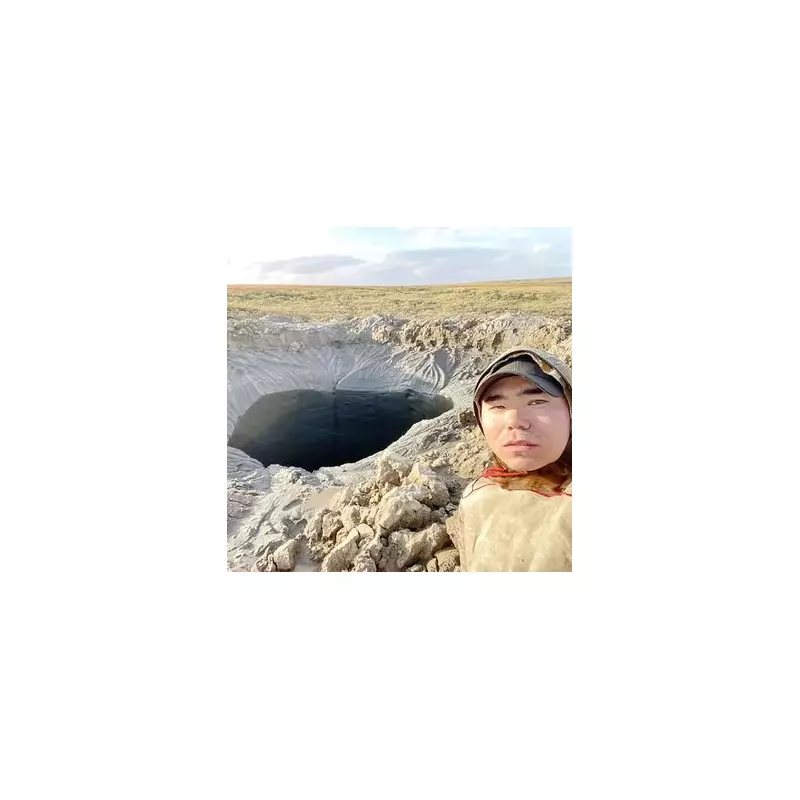
Mushroom Cloud Erupts Over Russian Arctic
A colossal explosion, described by witnesses as a towering mushroom-shaped flame, has torn through the Russian Arctic, creating a massive crater perilously close to vital gas infrastructure. The blast, which occurred in August 2024 but has only recently been detailed, highlights a growing and explosive threat to Vladimir Putin's energy strategy.
The incident took place on the Yamal peninsula, just a few miles from the boundary of the Bovanenkovo gas field, one of the ten largest in the world, and a mere eight miles from the high-pressure Bovanenkovo–Ukhta pipeline. This comes as Russia grapples with a severe energy crisis, exacerbated by successful Ukrainian drone attacks on its oil infrastructure.
A Deer Herder's Discovery
The enormous crater, designated C23 by researchers, was first discovered by an indigenous reindeer herder, Mayma Khudi. He recounted seeing the dramatic mushroom-shaped flame from an astonishing 18 miles away. Nine days after the initial blast, he reached the site and photographed a perfectly round hole punched through the frozen tundra.
A scientific team from the Russian Academy of Sciences later reached the remote location by helicopter. Their peer-reviewed study, published recently, revealed the cause: a large build-up of gas in a hidden cavity stretching 52 feet below the surface. The pressure eventually became too much, causing a violent upward blast that threw debris more than 330 feet from the epicentre.
Swelling 'Timebomb' Mounds Pose Widespread Risk
The most alarming finding from the scientists was the rate at which the ground had swelled before the explosion. Satellite data showed the mound grew by an average of 16 inches per year between 2020 and 2024, adding over five feet in height. This growth rate was three to 30 times faster than that of natural permafrost mounds.
This event is not isolated. Since 2014, more than 20 giant craters have been identified in north-western Siberia. Researchers have counted at least 7,300 similar swollen mounds on the Yamal peninsula alone, which they classify as potential 'timebombs'. The C23 crater is the latest in a chain, following the C2 explosion in 2012 and the C22 eruption in 2023, located just 750 feet from its predecessor.
The scientific team concluded that these mounds form when gas rises along deep geological faults and accumulates under frozen ice caps. The pressure builds until it shatters the surface in a violent jet that can ignite spontaneously. They recommend that mounds rising at such rapid rates be treated as priority hazards and monitored with drones and satellites.





